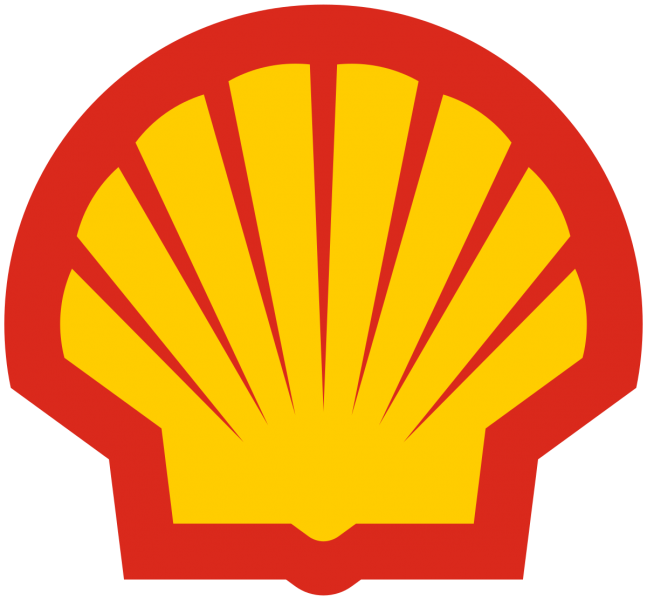The project aims to uncover and understand the mechanistic pathways of electrochemical CO2 and CO reduction reaction to alcohols.
Converting CO2 into commodity chemicals with high energy density and high market value, such as hydrocarbons and alcohols, using electrocatalytic carbon dioxide reduction is highly desirable.
However, the CO2 reduction to methanol is still poorly understood. The key intermediates of an appropriate electrocatalyst have not yet been determined. Research work so far has shown methanol production on modified palladium surfaces and on molecular cobalt catalysts.
In this project, we perform experiments on metallic surfaces with well-defined crystal structures. Specifically, the influence of the electrode structure, material and electrolyte parameters, such as pH, presence of the cations and anions, are investigated. In addition, carbon dioxide reduction to longer alcohols is studied. The precise mechanistic pathways from CO2 to C3 and C4 alcohols are also still unknown. In this study, we employ cyclic voltammetry, chronoamperometry at different time scales, online electrochemical mass spectrometry, online HPLC, online GC, rotating ring-disk voltammetry and offline NMR as research methods. The surfaces of the successful electrocatalysts will be investigated using FTIR and in situ SERS.
Partners






